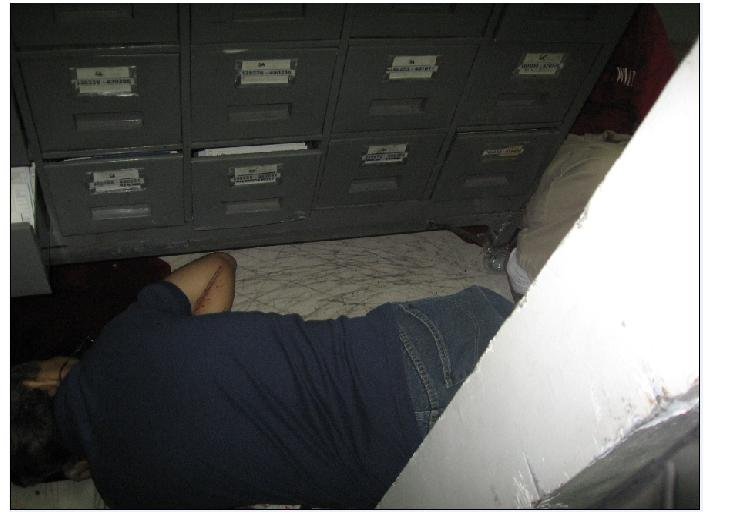
DAVAO CITY (May 16)-Ten years ago today, the nation woke to the grim reality of one of the bloodiest bank robberies in Philippine history — the RCBC Cabuyao Massacre. It was a crime executed with chilling precision and left ten people dead, their lives extinguished without warning or mercy, and the banking sector reeling with questions still unanswered to this day.
The massacre exposed glaring vulnerabilities in the country’s security and justice systems, particularly in how easily violence could penetrate what was supposed to be a secure financial institution.
The Davao City bankers’ association members, who spoke anonymously, reflected on the incident: “The RCBC heist was a wake-up call. It changed how we look at internal security, especially when selecting guards and the agencies we trust with our lives.”
Investigations revealed that the bank’s security guard may have played a key role in the planning and execution of the attack. This betrayal added a layer of horror to an already shocking case.
It was Friday morning, May 16, 2008, when the Rizal Commercial Banking Corporation (RCBC) branch in Barangay Pulo, Cabuyao, Laguna failed to open as scheduled. Customers grew suspicious and alerted the police. What they discovered was horrifying: nine bank employees and one security guard, all shot in the head, their bodies sprawled across the floor of the branch. No alarms had been triggered. No security footage existed. The killers had used silencers, left no witnesses, and vanished without a trace.
Chief Superintendent Ricardo Padilla, then-Calabarzon regional police director, confirmed the vault had been opened. Yet, the exact amount stolen remained unclear. What horrified the public was not just the scale of the robbery but also the cold, calculated method of its execution.
Authorities later suspected the involvement of the Alvin Flores Group, a notorious robbery gang linked to multiple high-profile heists. Months later, some suspects were killed in a police shootout in Cebu. But no one was ever brought to trial for the Cabuyao massacre.
The case was officially declared closed, but to the families of the victims, justice never came.
“They died working. They were ordinary people trying to earn a living,” said a relative of one of the victims, who declined to be named. “Until today, we’ve never truly heard the truth.”

In the wake of the massacre, a special unit, Task Force RCBC, was formed to hunt down robbery syndicates. The incident sparked a national overhaul of bank security protocols, prompted policy debates on the use of silencers, and highlighted the critical need for better intelligence coordination between banks and law enforcement.
Ten years on, the RCBC Cabuyao Massacre remains a dark and painful chapter in Philippine history. It is a reminder that violence can strike even in the safety of daylight, and that justice, delayed or denied, deepens the wound.
Investigators noted the following observations from the RCBC Cabuyao Massacre:
- Insider involvement pointed to grave lapses in internal bank vetting and monitoring.
- Silencers were used to execute victims discreetly, preventing nearby establishments from hearing gunfire.
- No one was convicted, leaving families and the public with more questions than answers.

